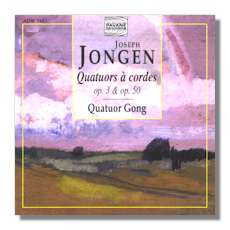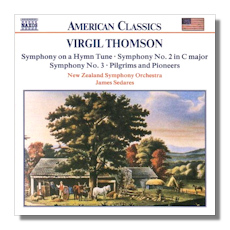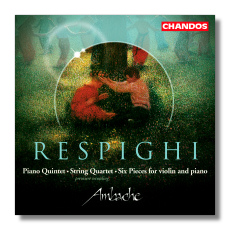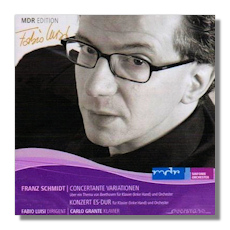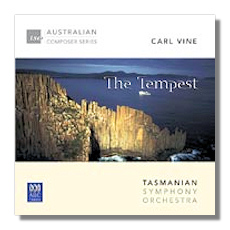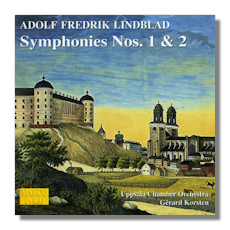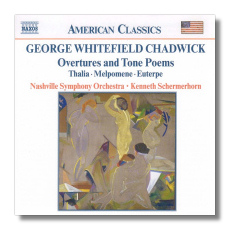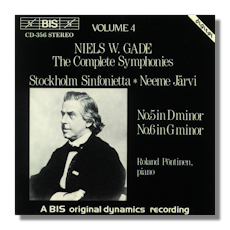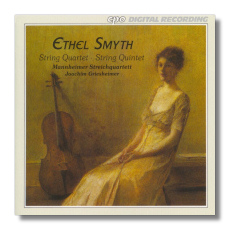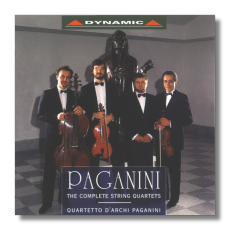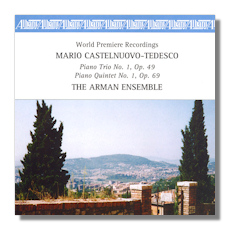
Mario Castelnuovo-Tedesco
(1895-1960)
Piano Trio #1, Op. 49 (1928)
Piano Quintet No 1, Op. 69 (1934)
The Arman Ensemble
Albany Records TROY191
These chamber works are like a big box of imported chocolates. Every movement seems different in character yet each of the works are perfectly integrated. There is clear influence of the fertile 1920's with strong suggestions of French and Spanish color. Each work is a fine example of chamber music that is both accessible immediately and worth many repeated hearings.
Castelnuovo-Tedesco studied with Pizzetti, who with several other Italian composers (Martucci, Casella, Malipiero, Respighi and others) founded societies for the propagation of modern Italian instrumental music. In Italy, Castelnuovo-Tedesco was in demand as a composer and as a critic and essayist. However, when the situation for Jews got much too dangerous, Italy's loss was America's gain. Castelnuovo-Tedesco left Italy in 1939 and became an American Citizen in 1946. He wrote over 200 film music projects, and for many years taught some of the brightest film composers including Henry Mancini, André Previn, Nelson Riddle and John Williams.
The Arman Ensemble members performing the trio are: Deniz Arman Gelenbe, piano; Fritz Gearhart, violin; Brian Manker, cello. The Quintet personnel are Deniz Arman Gelenbe, piano; Eric Prichard, violin; Hsiao-mei Ku, violin; Jonathan Bagg, viola; Fred Raimi, cello.















